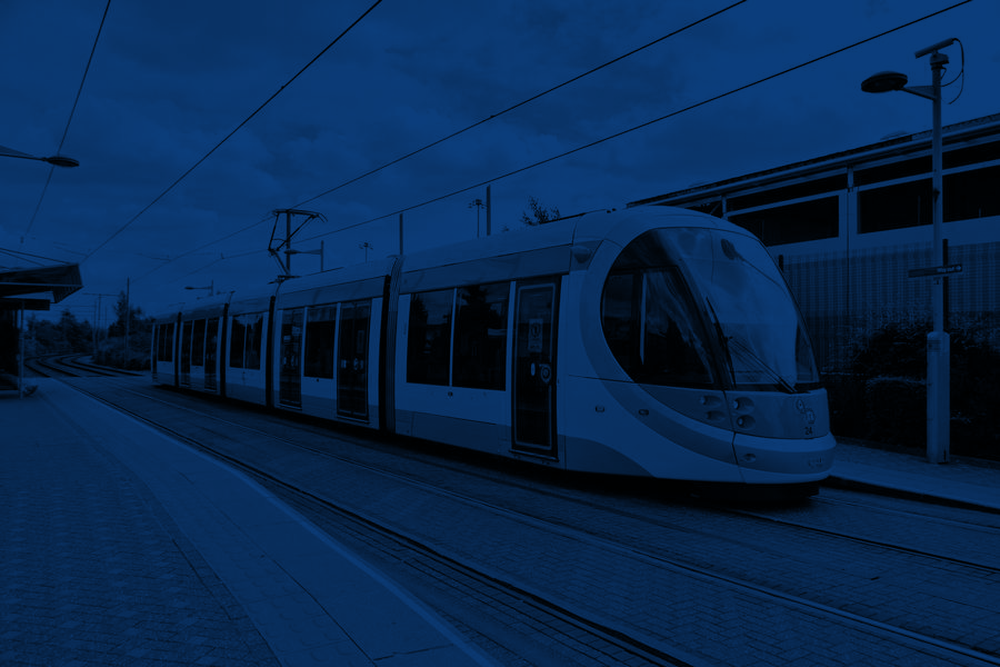An innovative tool for forecasting demand for public transport stops and stations has been in the spotlight at the latest meeting of experts dedicated to expanding and enhancing light rail in the UK.
The result of complex computer modelling developed by the University of Southampton, in partnership with the Data and Analytics Facility for National Infrastructure and The Engineering and Physical Sciences Research Council, the new system looks set to revolutionise the way systems are planned in the future.
A recent meeting of the UK Tram Centre of Excellence heard that it enables the rapid review of options for individual stations or new light or heavy rail lines and generates a forecast of demand based on the predicted number of trips per year.
Predicted demand takes into account variables such as the probability of passengers using the proposed station or stop instead of any of the 10 nearest stations, and can reach more accurate conclusions more quickly and at far less cost than using traditional bespoke studies.
During the meeting, members also received an update on the progress of the Department for Transport’s Restoring Your Railway programme. The Centre of Excellence has been actively supporting promoters where light rail may be an option.
Within the programme there is news that TfGM’s Strategic Outline Business Case (SOBC) for a tram train solution between Bury and Rochdale has been submitted to the Department for Transport for review.
Representatives from the Centre of Excellence team have also met the Isle of Wight Council’s consultant responsible for developing the SOBC for the reinstatement of rail services to Newport and Ventnor. The consultant’s proposed solution is for a semi-segregated light rail system, as recommended by the NR/UKTram team.
This scheme has potential as a UK pilot for development of low-cost rural/semi-rural rail solutions.
All these schemes are being reviewed by the Department for Transport for consideration for further funding within the Restoring Your Railway programme.

